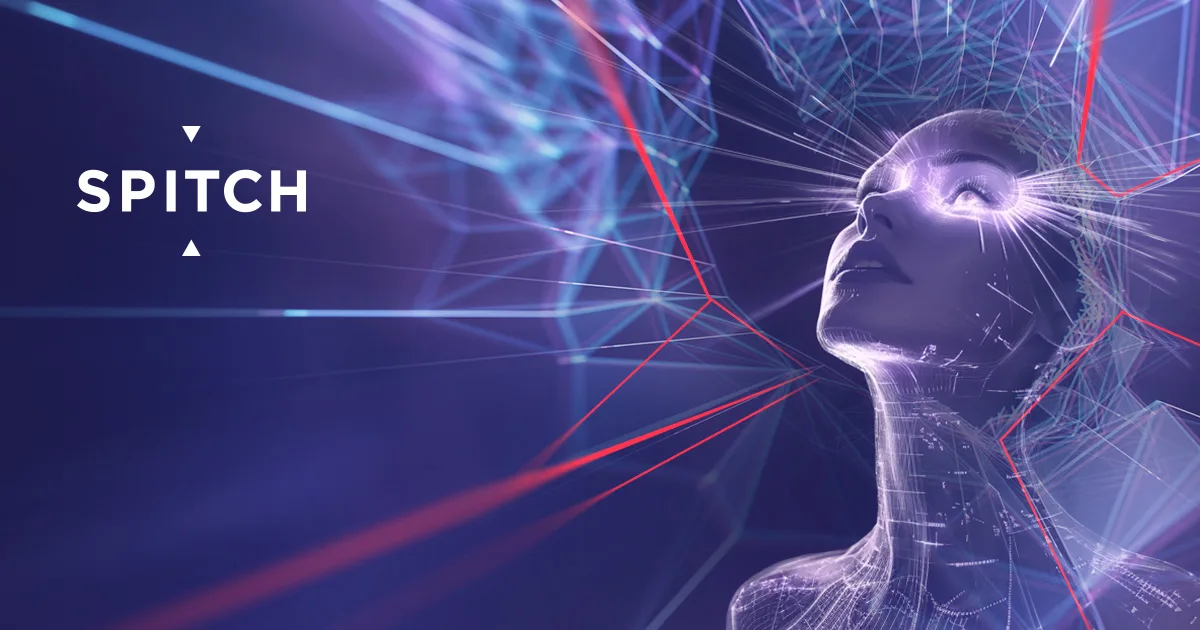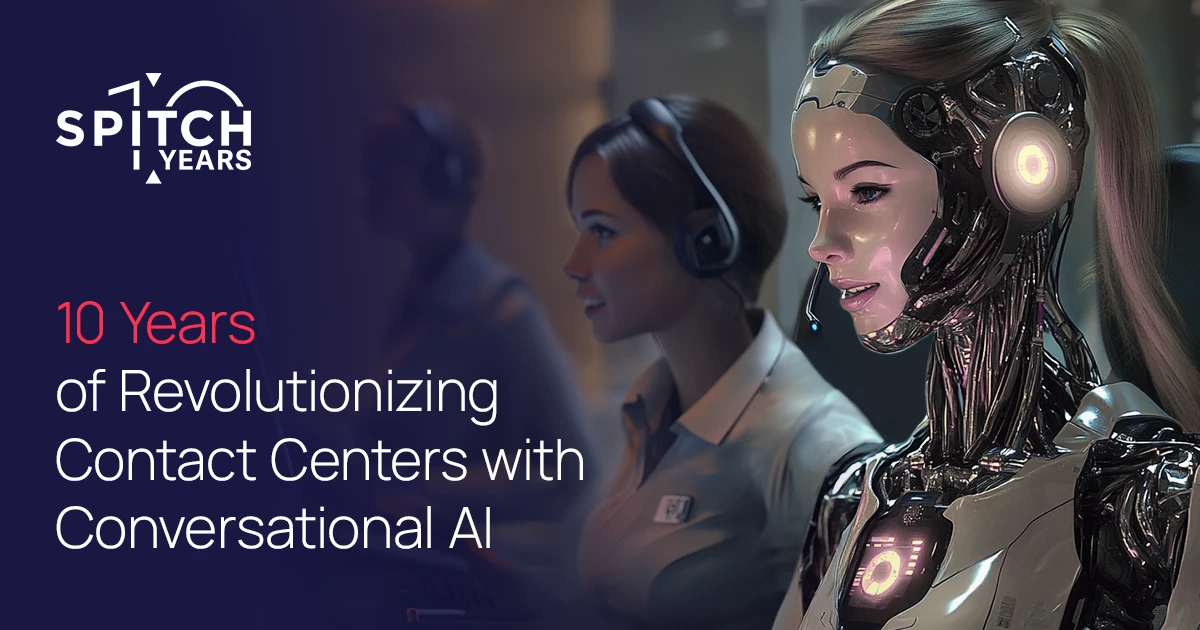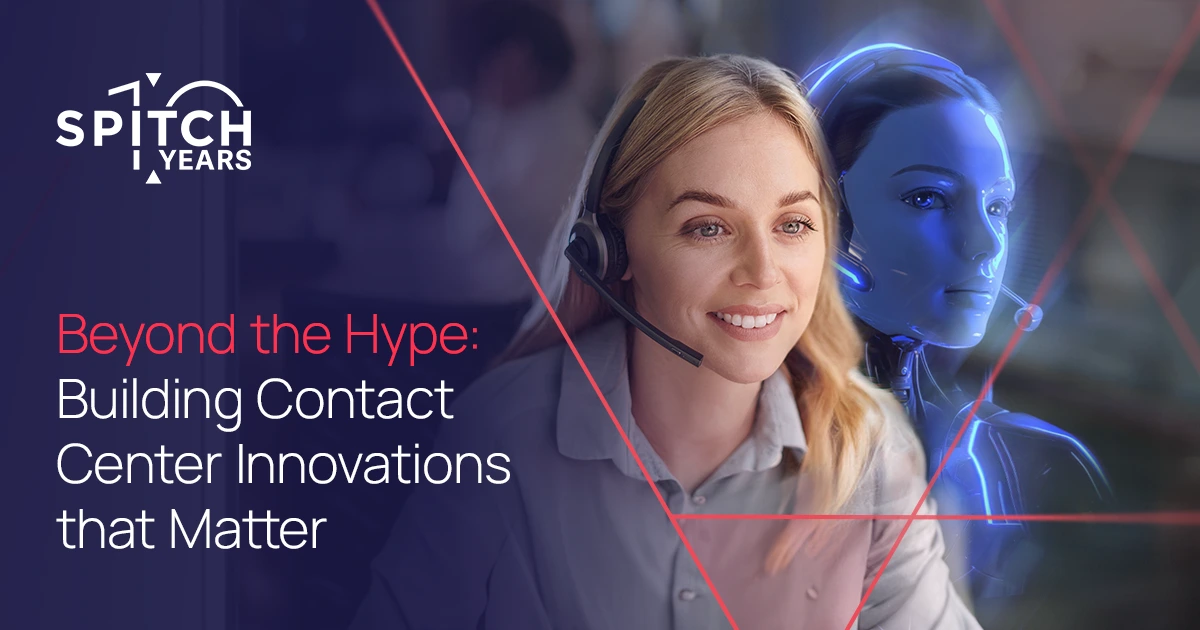Blog di Spitch
Rimani informato sulle ultime tendenze nel riconoscimento vocale e nell'AI conversazionale
In evidenza Blog
Blog più popolari
Le ultime novità sul blog di Spitch
Sfoglia i post del blog per argomento
- tutto Blog
- Leadership di pensiero
- Migliori Pratiche e Consigli
- Dentro Spitch





